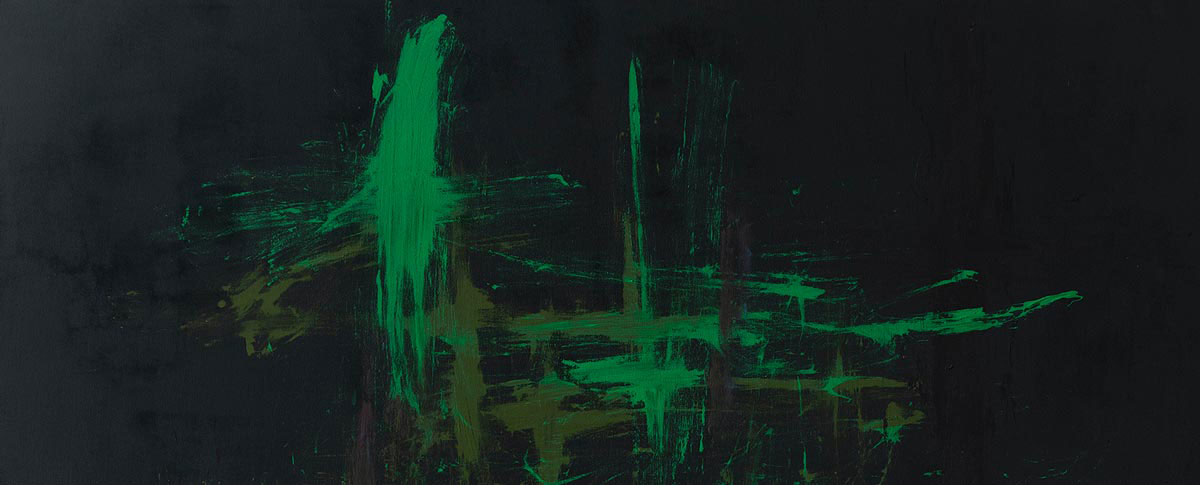 Othello De'Souza-Hartley, detail from Study 17 (Blind, but I can See), 2020. Commissioned by Autograph.
Othello De'Souza-Hartley, detail from Study 17 (Blind, but I can See), 2020. Commissioned by Autograph.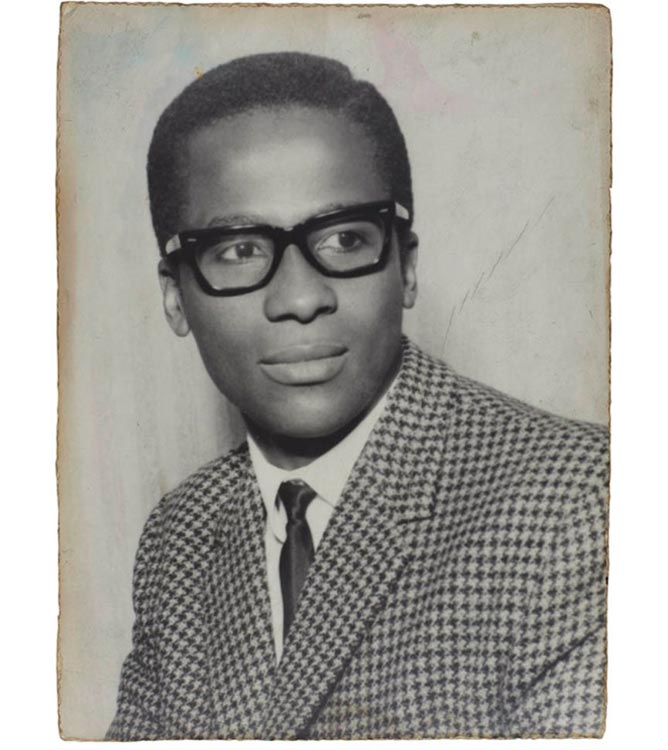 Nevil Hartley, London, 1960
Nevil Hartley, London, 1960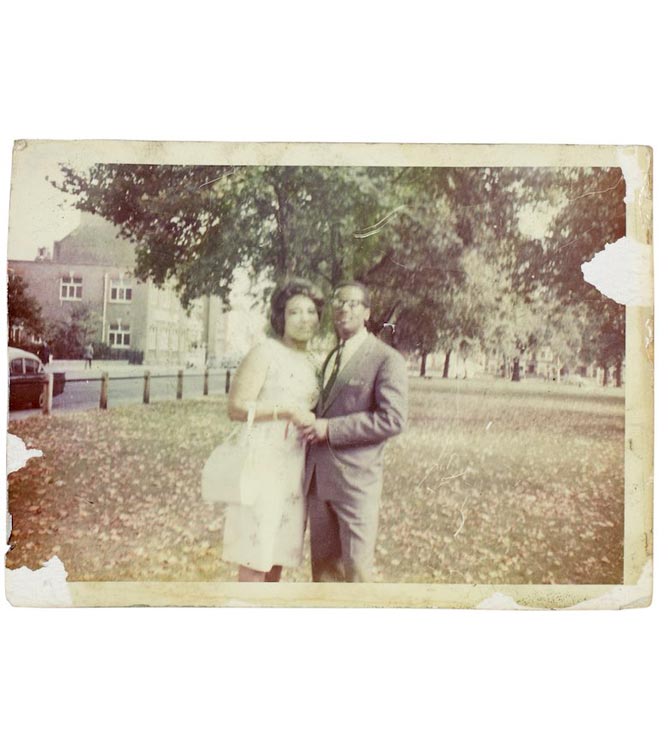 Lena and Nevil Hartley in Shepherds Bush, London, 1966
Lena and Nevil Hartley in Shepherds Bush, London, 1966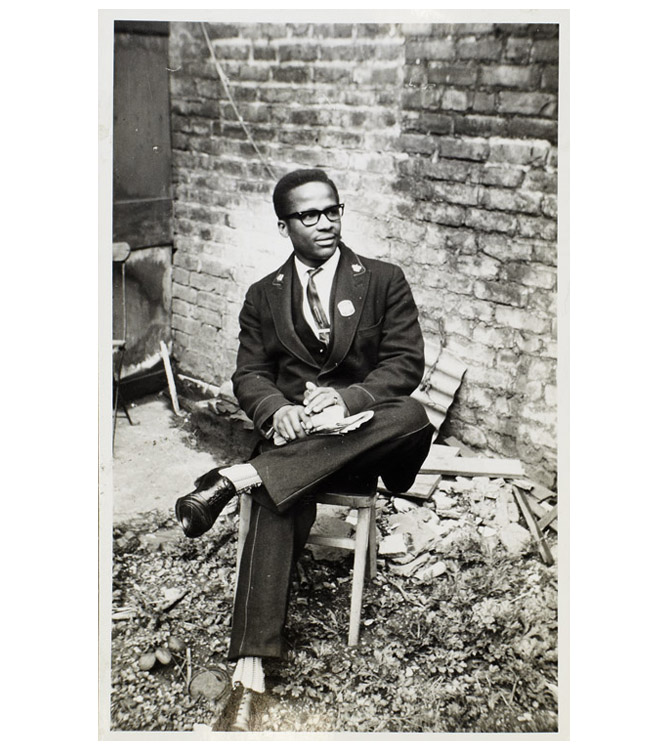 Nevil Hartley, London, 1960s
Nevil Hartley, London, 1960s

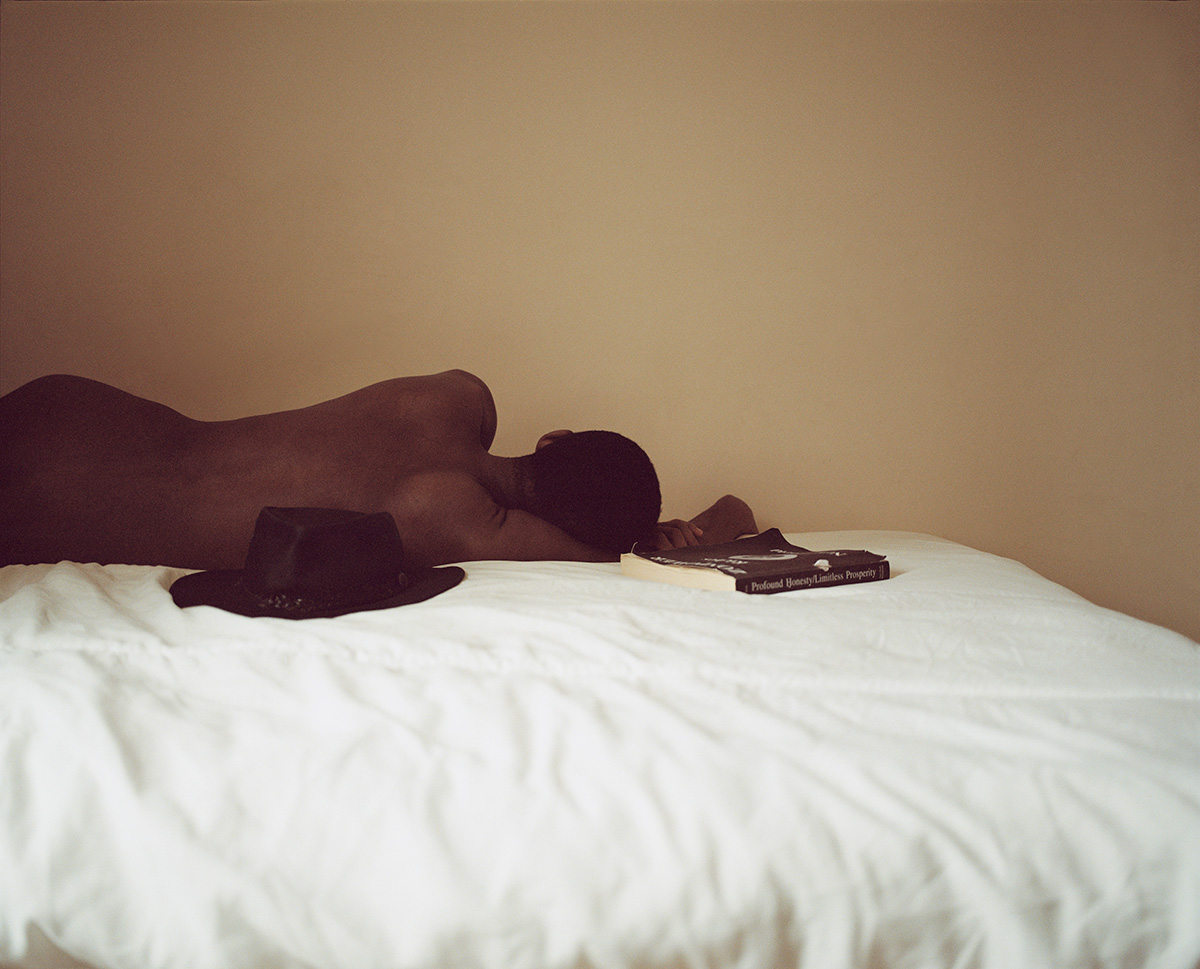
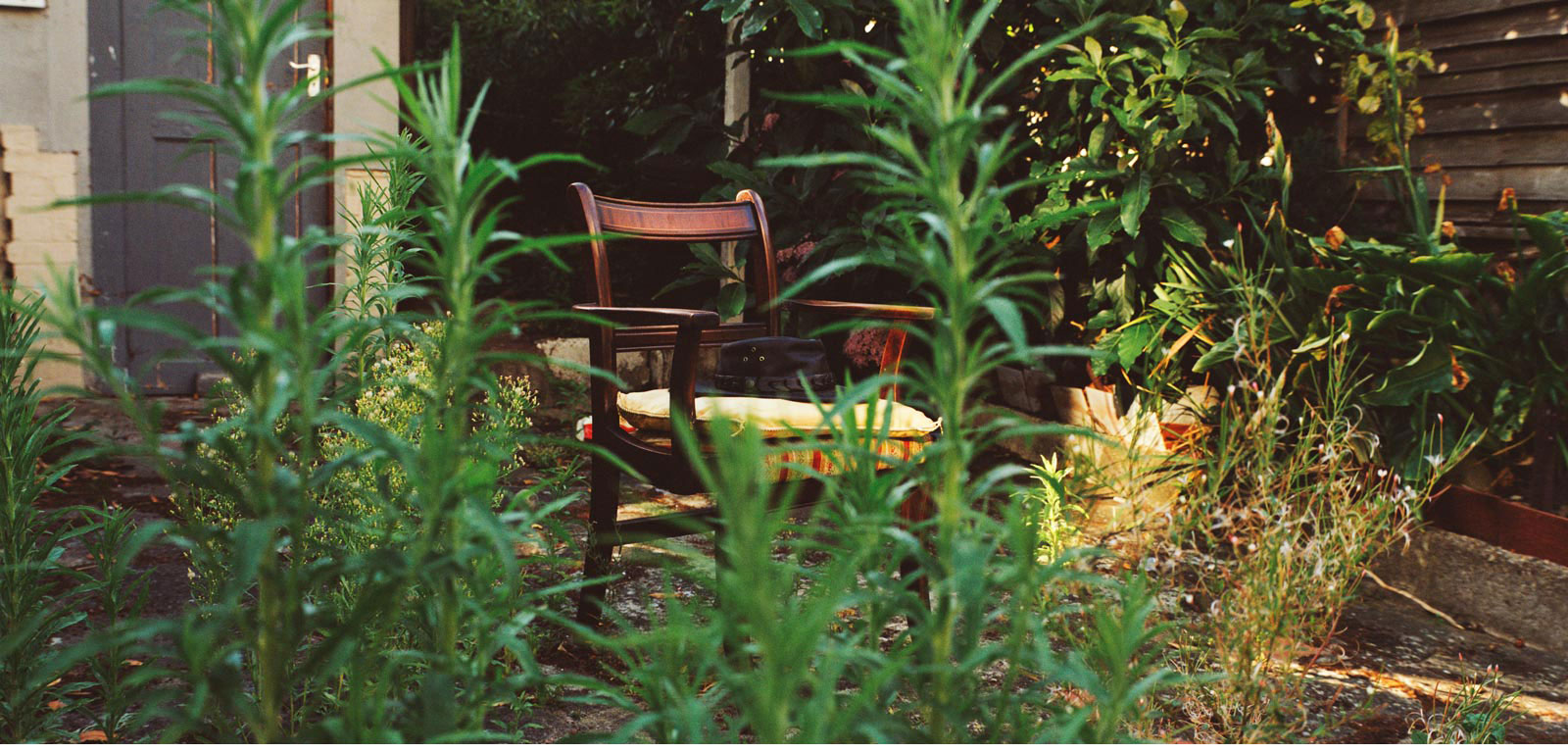

Image captions: Works from Othello De'Souza-Hartley's commission Blind, but I can See, 2020, © and courtesy the artist, commissioned by Autograph for Care | Contagion | Community — Self & Other: 1) Film still from: Blind but I can see, 2020. Video, 5' 44". 2) Room, 2020. C-type print, 20 x 24 inches. 3) Study 17 (Blind, but I can See) [detail], 2020. Acrylic on canvas, 60 x 48 inches. 7-9) Absence, 2020. Triptych, C-type print, each 20 x 24 inches. 11) Garden [detail], 2020. C-type print, 20 x 24 inches.
Other page images: 4) Nevil Hartley, London, 1960. Courtesy of Nevil Family Archive. 5) Lena and Nevil Hartley in Shepherds Bush, London, 1966. Courtesy of Nevil Family Archive. 6) Nevil Hartley, London, 1960s. Courtesy of Nevil Family Archive. 10) Othello De'Souza-Hartley, Steel Works from the series Masculinity, 2013. © and courtesy the artist.

Autograph is a place to see things differently. Since 1988, we have championed photography that explores issues of race, identity, representation, human rights and social justice, sharing how photographs reflect lived experiences and shape our understanding of ourselves and others.